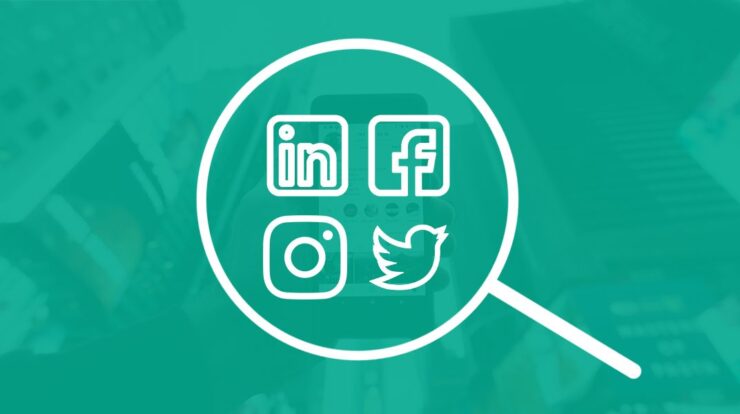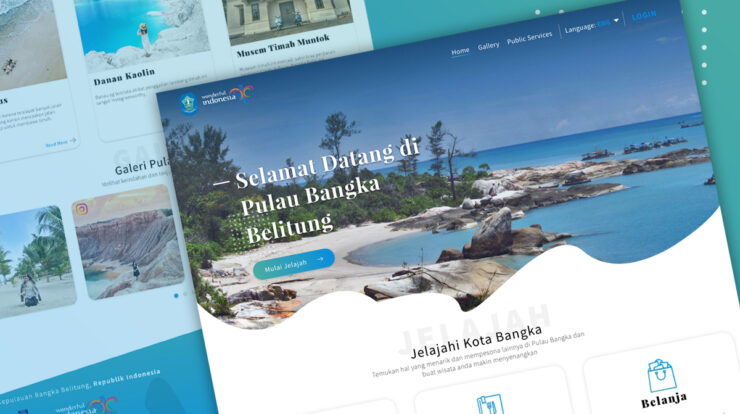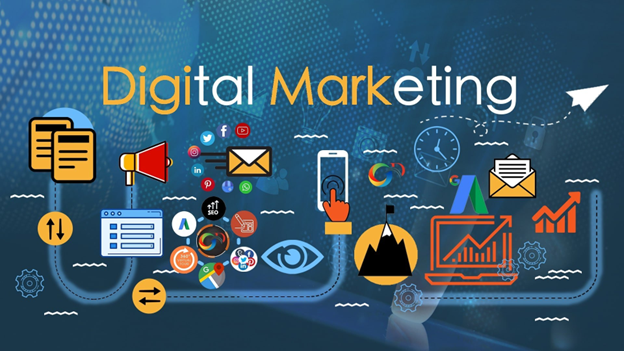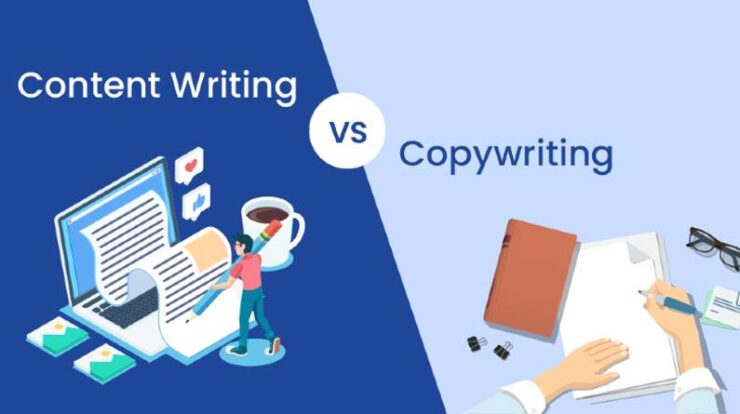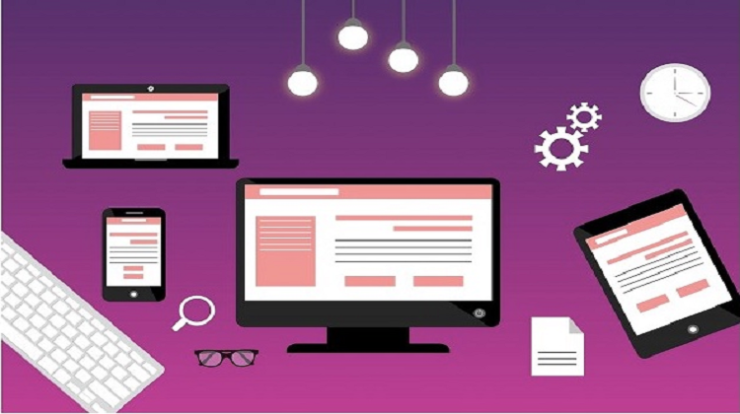
Design is all about people who will use the web product. Only products that satisfy users can rock, and you can’t do the guesswork in web design. The stakes are too high, and whether your product will fail or fly depends on design solutions. As a designer, you should keep user psychology in mind and apply all psychology and visual layout tricks to maximize usability.
To maximize the chances of market success, you can pick one of the two SaaS website design approaches favoring the user – human-centered design (HCD) or user experience (UX) design. Both directions seem similar at first glance, but they have minor differences setting them apart. Here is a brief intro to each of the methodologies to help you decide which suits your business approach better.
Principles of HCD
You need much more than a stellar business idea to build a successful web resource. Your project is about what you think people want, which is often nothing more than an illusion. Today, the business owner’s prime task is not to make people want what they produce but to produce what they want instead. Thus, the HCD design trend evolved in response to the digital market’s need to understand users’ needs and preferences, letting companies come up with viable business ideas that sell.
The core values of HCD are:
⦁ Placing the user and their positive experience at the center of design solutions
⦁ Incorporating user feedback into design
⦁ Making design relevant and useful
These values are realized with the help of in-depth focus on the use context, thorough testing of design ideas, and evaluation of their success with end-users.
In other words, you can think of HCD as a design involving a human perspective at each step. Web products are built not in line with their intended features and functionality but with respect to how people will use them. The HCD process typically involves the following steps:
⦁ Understanding the end-user’s needs and pain points
⦁ Determining the problem that a new product will solve
⦁ Brainstorming the design options
⦁ Creating design prototypes for further analysis
⦁ Testing the prototypes and refining them based on user feedback
As a result of applying the HCD approach, businesses arrive at products that are:
⦁ Much more usable than their counterparts
⦁ Delivering more product value and better UX
⦁ Ensuring better-quality user service
Principles of UX Design
As for UX design, it involves a narrower set of design solutions targeted at making the product design user-friendly. The designer’s role is to make the user’s interactions with the web resource as simple and enjoyable as possible. To make UX design good, the designers need to understand:
⦁ What their target users need
⦁ What end-users of their product value in digital experiences
⦁ What required features their IT product can deliver to end-users
UX research is done to understand user expectations, enabling businesses to meet and exceed them with relevant products. Those who work in the field of UX design consider the users by creating their personas and user scenarios. These fictional profiles help designers better grasp what people will do with the app. Besides, UX design is always about responsiveness, giving users a seamless cross-platform and cross-device use experience.
The outcomes of a successful UX design usually include:
⦁ An appealing design fostering simple, enjoyable interactions with the user
⦁ A clear, understandable information architecture
⦁ High level of the product’s accessibility
⦁ Proper consideration of human-computer interaction (HCI) principles
⦁ Ergonomics of the web interface
⦁ Utility of the resource
⦁ High performance and freedom from errors or glitches
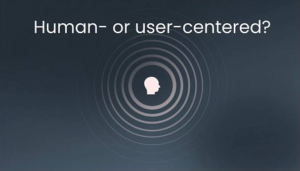
HCD vs. UX Design: Key Differences
HCD and UX design are similar in taking the user perspective and aligning business objectives with those of the end-user. However, their key difference lies in the degree of social orientation. From this perspective, UX design is more focused on:
⦁ Giving functional, usable, and valuable products and user experiences
⦁ Improving the user experience by all means
⦁ Focusing on the target users of the company’s web product instead of broader groups of people
HCD is seen as a more empathetic and psychologically universal approach to design. It is more directed at:
⦁ Product development with a broader aim to benefit humanity, society, and particular communities
⦁ Solving the pressing social problems
⦁ Delivering socially-oriented designs and positive outcomes instead of business-oriented solutions.
This way, one can draw a distinction between UX design and HCD as follows.
⦁ HCD is more universally human-focused, so it is suitable for businesses pursuing a broader positive social change.
⦁ UX design aligns the user and business perspectives, thus serving both business and individual goals.
HCD is a much broader concept than UX design, as all great, successful designs are human-oriented in nature. Thus, UX design is more about user-friendliness within the business strategy and framework, while HCD is socially oriented without business boundaries. Still, no UX design can succeed without an HCD mindset of the designer, as it will lack the human component in it.
Why Focus on the End-User?
Whether you pick HCD or UX design approaches, your focus in design should always be on the humans. Without that focus, you will hardly be able to solve the end-user problem, making your product irrelevant to the target audience. Users can tell whether your product suits them or not by looking at whether it:
⦁ Helps them solve a problem or complete a task
⦁ Delivers upon its promise in terms of functions or features
⦁ Satisfies user needs at the surface plane (the appeal and functionality of web app) and structure plane (interface hierarchy)
⦁ Has all app features coherently aligned and matched to give a consistent impression
⦁ Ensures quick, hassle-free onboarding and is intuitive in use
A user-focused design is also beneficial from the business perspective. It helps save money and costs because of its optimal functionality and universal coverage of user needs. Besides, by improving user satisfaction, it guarantees a steady customer flow, low churn rate, and stable income. Thus, a user focus is always a good investment with spectacular ROI. Use these tips to advance the level of your new digital products’ usability, beating the competition and achieving impressive KPIs.


